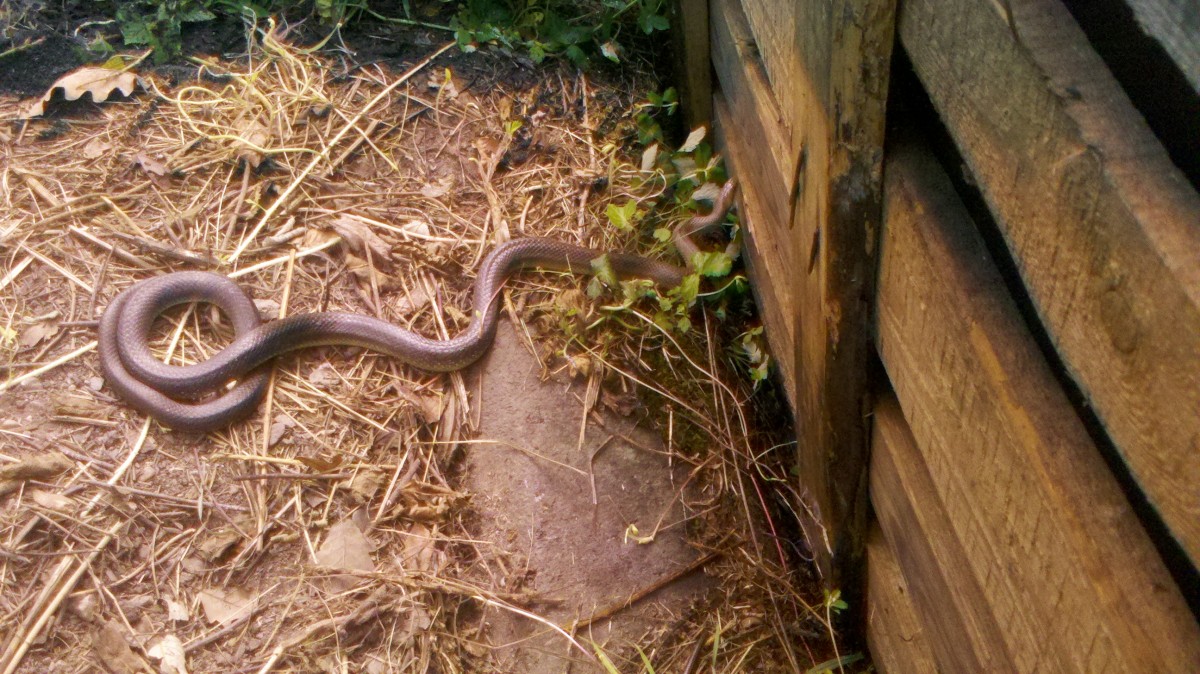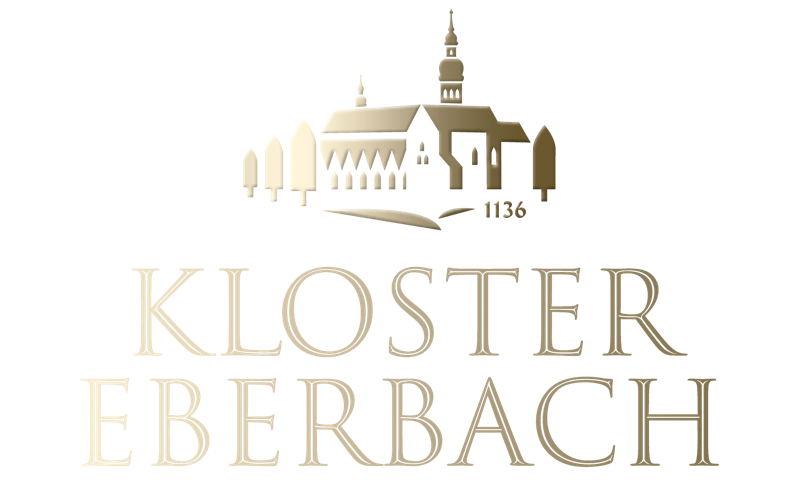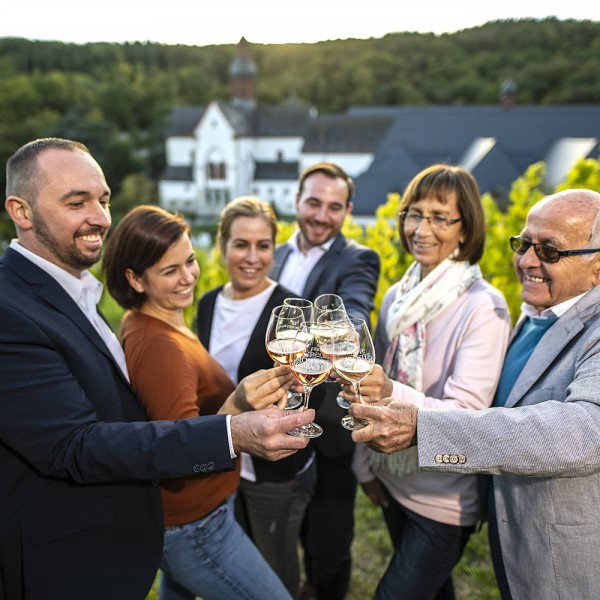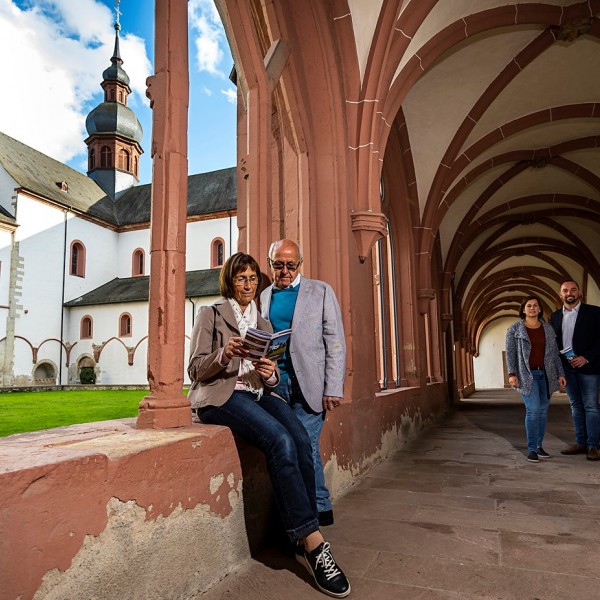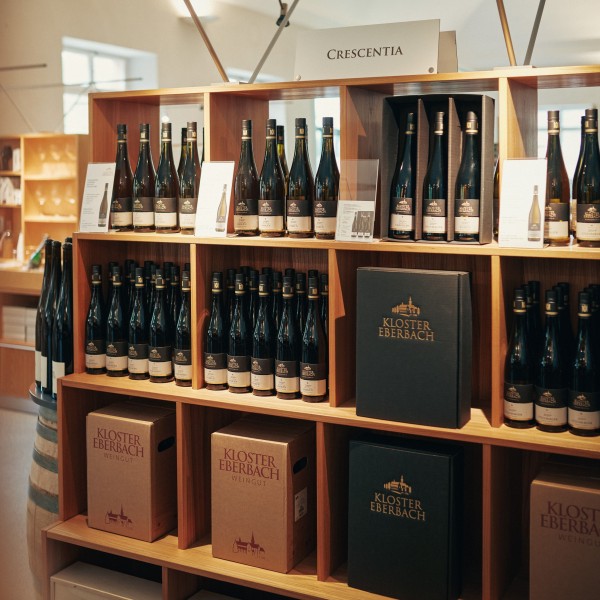What is Eberbach Monastery doing for sustainability?
- We refrain – where possible – from printing on paper.
- We produce climate-neutral advertising material (climate partner).
- We promote long-term relationships with regional suppliers.
- We ensure systematic balance: our everyday work is characterised by motivation and a sense of responsibility.
- We focus on occupational health and safety, the environment and customer service.
- We heat the historic buildings in a circumspect and cost- and environmentally conscious way.
- We reduce power consumption through sensor-controlled and restrained illumination of traffic areas.
- We use 100% green electricity throughout the monastery complex.
- We use ecological fertilisers in our beds and lawns.
- We use environmentally friendly grit for winter road maintenance.
- We consistently refrain from using pesticides and rely on biological methods against animal pests.
- For visitors who arrive by public transport, we give a discount of 1.00 € on the monastery cloister tour fee.
Our environmental and sustainability projects
Excellent sustainability! Energy management system successfully certified
The foundation's energy management system has been successfully certified by the independent auditor Quality Austria. The foundation has been operating its energy management system in accordance with DIN ISO EN 50001. This standard obliges the owner of the monastery complex to use energy in a sustainable and resource-saving manner. Even before certification, Eberbach was a pioneer and the first listed property to implement an effective energy management system.
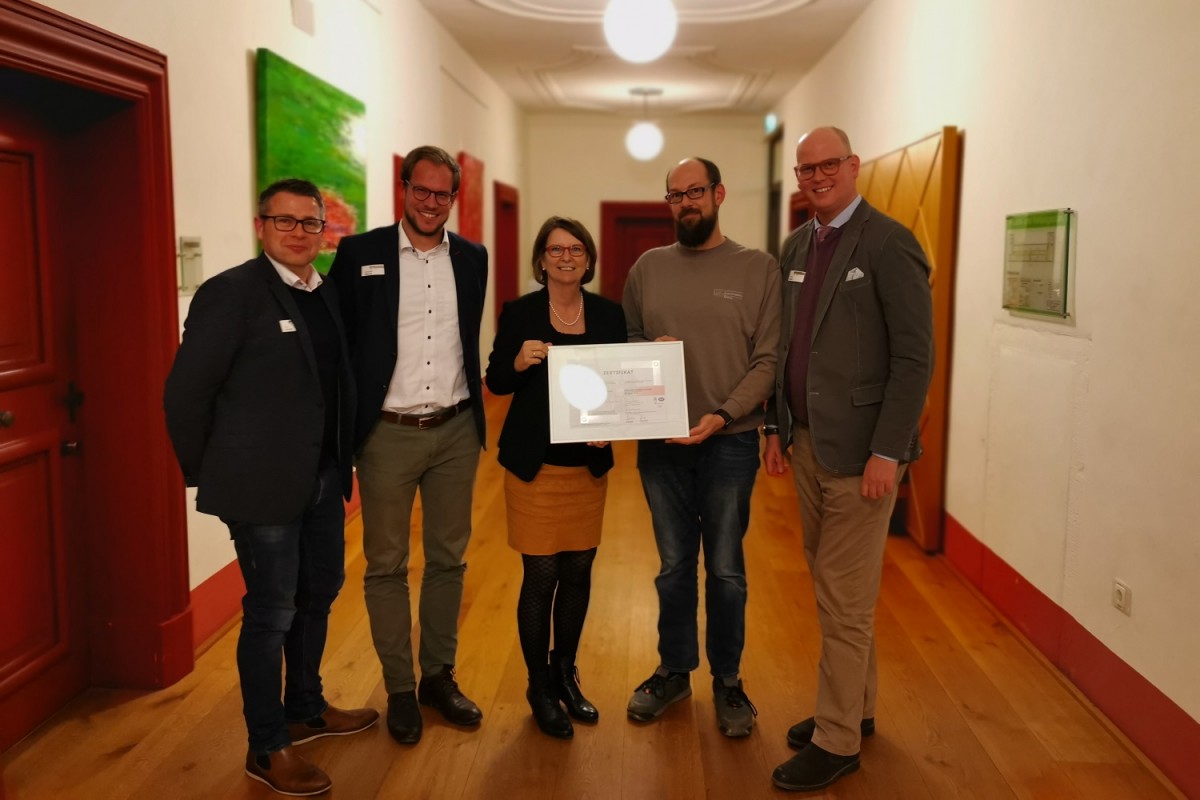
Certification as "GreenSign Office"
The Eberbach Monastery Foundation was successfully certified as a "GreenSign Office - Level 3" by the certification body of the Institute for Sustainable Development after a comprehensive audit.
The sustainability certification is awarded by the GreenSign Institut GmbH from Berlin. It is a catalog of criteria drawn up according to international standards for determining the degree of sustainability of a company. In addition to ecological sustainability, social, cultural and economic aspects are also recorded.

Safe toad migration is close to our hearts.
It is a natural spectacle that can be seen every spring around the medieval walls of Eberbach Monastery in the Rheingau. Year after year, between 4,000 and 6,000 common toads migrate from the surrounding forests to the former Cistercian abbey's fire-fighting pond to spawn. A protective fence built in 2008 guides them safely across roads and car parks. The renovation of the fence was made possible by winning the Umweltlotterie GENAU, to which any environmental project sponsor in Hessen can apply. Through intensive cooperation between the German Nature and Biodiversity Conservation Union (NABU) and the Eberbach Monastery Foundation, the toad migration is successfully chaperoned every year. They migrate mainly at night, covering distances of up to 5 kilometres. Hundreds of animals gather outside the monastery walls every night.
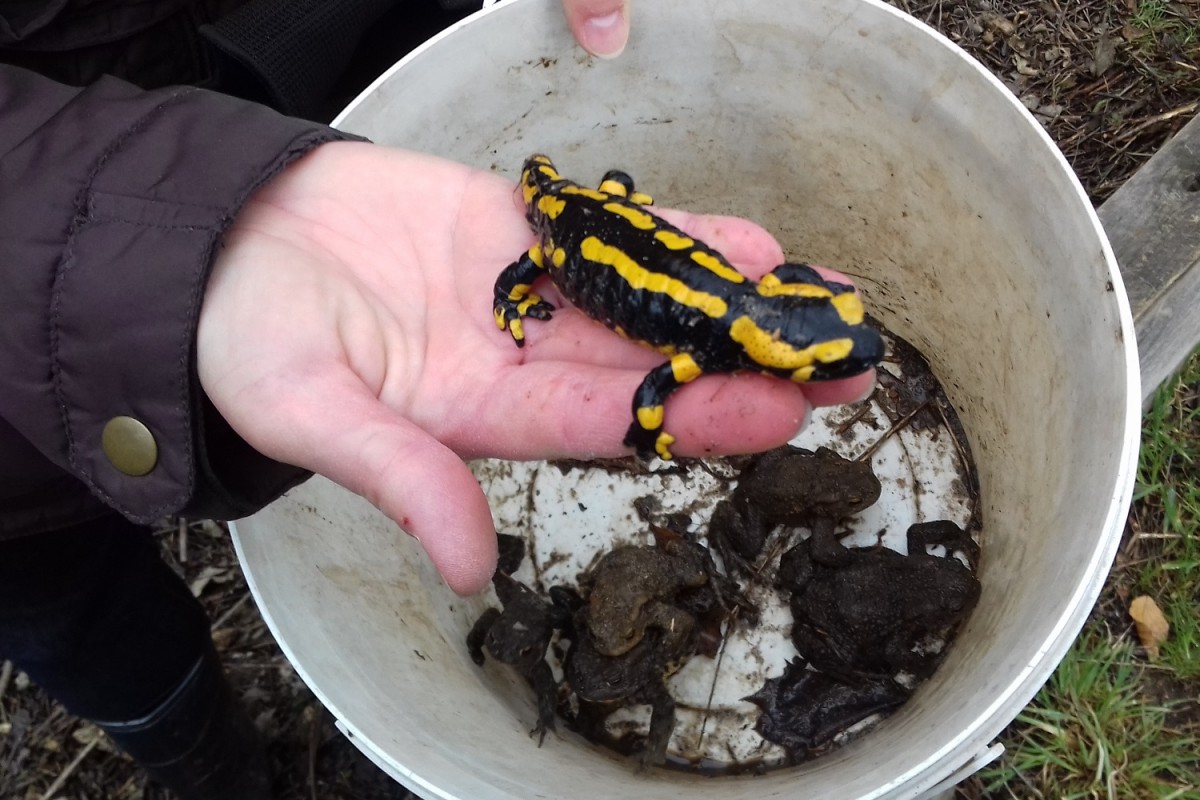
In the fire-fighting pond at the walls of Eberbach Monastery, where the tadpoles hatch, they find suitable living and growing conditions and return there again and again. To ensure that they can find their way and migrate safely, protective measures have been further increased in recent years. Sturdy wooden and mobile protective fences for amphibians ensure that many of the toads are guided into tunnels under the car park and thus find their way on their own. 3,500 to 5,000 toads can safely reach their spawning grounds. After spawning, the animals are led into the forest area behind the Eichberg, where they find an optimal habitat.
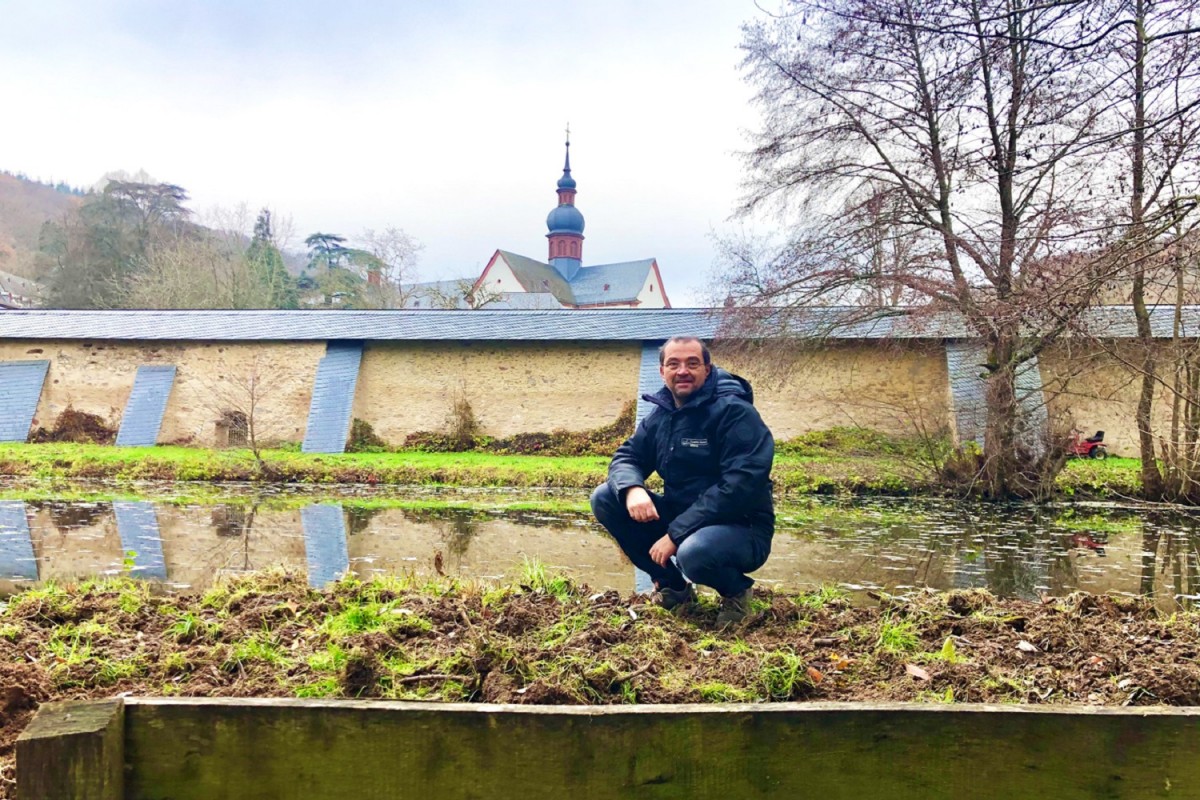
Eberbach Monastery receives award for the "Church Tower Habitat"
The Eberbach Monastery Foundation has been committed to species conservation for many years. The German Nature and Biodiversity Conservation Union (NABU) has awarded the Foundation the "Church Tower Habitat" plaque for this. Churches receive this award when they provide a new habitat for important species such as kestrels, jackdaws, barn owls or bats. Foundation employee Ronny Weiß: "I am very pleased that our cultural monument is also a valuable habitat for house martins and bats. We are particularly proud that a falcon has recently started living with us. Kestrels usually prefer high breeding places – like in our case the tower of the 900-year-old monastery church."
Commitment to species conservation
The Eberbach Monastery Foundation has been committed to the conservation of swallows for many years. The German Nature and Biodiversity Conservation Union (NABU) has awarded the Foundation the "Swallow-friendly Building" plaque for this. Foundation staff member Ronny Weiß: "There is a natural tension between the protection of monuments and nature conservation. I am all the more pleased that we were able, in consultation with the State Office for the Preservation of Monuments, to install artificial nesting aids to preserve the barn swallows." In the meantime, the birds are breeding both in the cloister and in the chapter house of the monastery. House martins have been nesting in self-made nests under the roof of the basilica for several years. Nationwide, the populations of both swallow species have been declining for years. The main reasons for this are a lack of nesting opportunities and a lack of food.
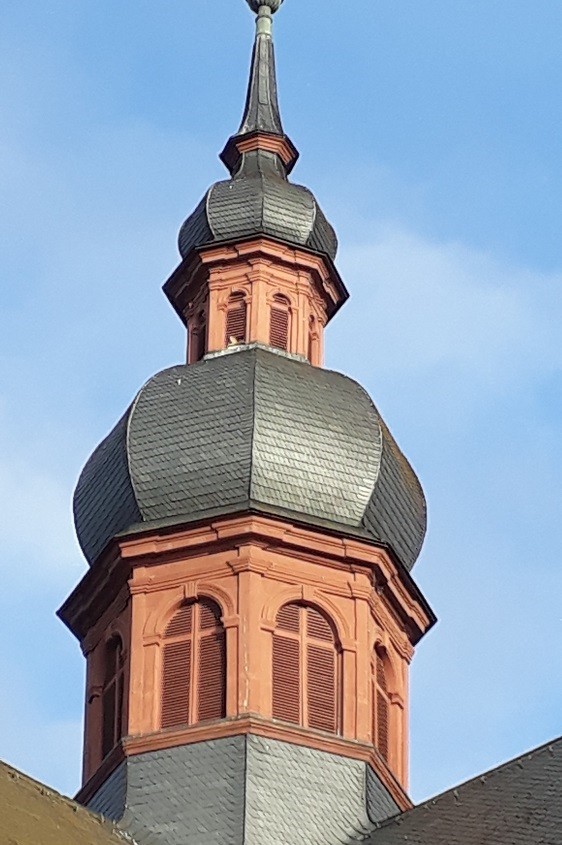
Wild bees buzz at Eberbach Monastery
Without bees, there is less harvest. Wild bees in particular need our protection: more than half of the 561 wild bee species in Germany have threatened populations and are on the Red List.
Within Eberbach Monastery, a variety of measures have been implemented to protect wild bees: for example, there are rough pastures on the grounds that are only mown once a year so that the bees can find food for as long as possible. Areas where species breed in the ground are protected and closed off to visitors. If possible, the stumps of felled trees are left as a food source for the bees. Our first insect hotel was set up in 2016. Summer lilac and mixed wildflowers were planted as food sources. Where new trees are planted, specific care is taken to use native deciduous trees, as conifers do not provide food for bees.
"The monastery's exemplary measures show that much can be done to protect wild bees. I hope that other Hessian institutions will follow this example and also commit themselves to the protection of pollinators and the preservation of biodiversity," says Hessen's Environment Minister Priska Hinz.
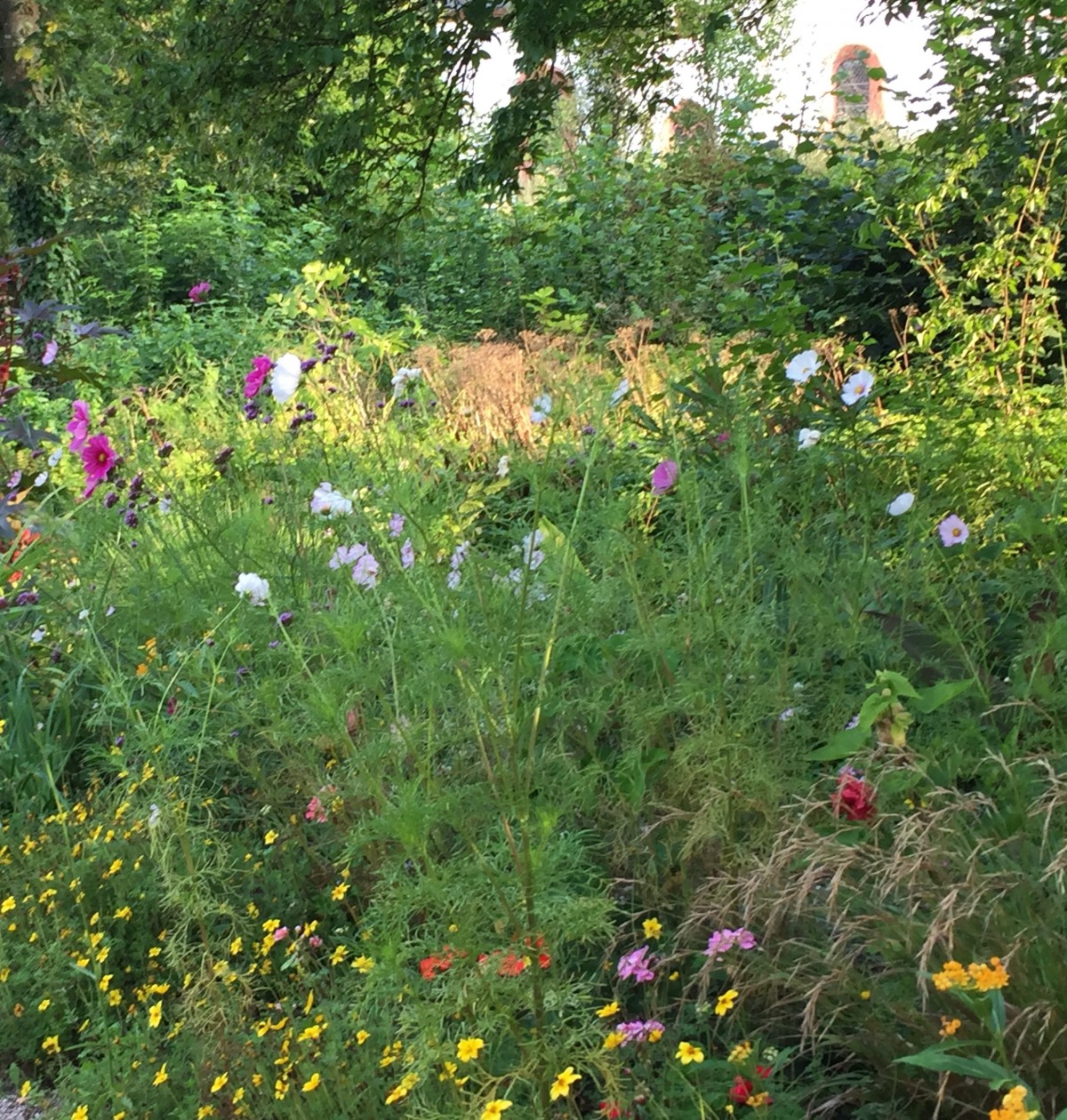
Hidden paths for the endangered viper
Eberbach Monastery, nestled in the Kisselbach Valley, does not end at the monastery walls, but also has a highly active natural area outside that is worth discovering. Bats, barn swallows and house martins, wild bees, dippers, kestrels and toads are at home in the monastery and the surrounding grounds. But what hardly anyone knows is that Germany's largest native snake species, the Aesculapian snake, also lives in the 8,000 m2 area, which is characterised by forests, meadows and water. This non-poisonous snake, up to 1.90 metres long, finds ideal living conditions here.
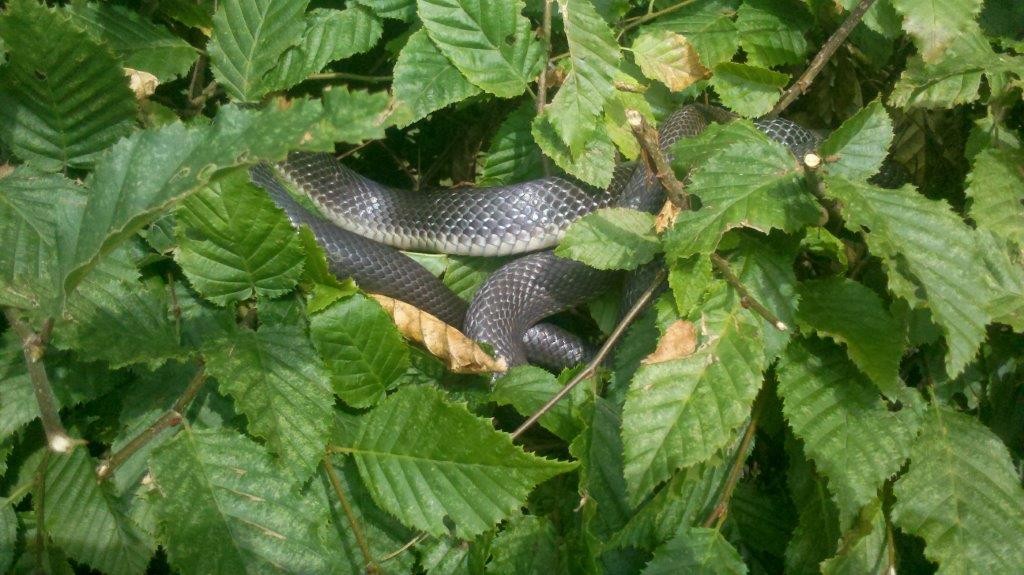
To ensure that this natural habitat is preserved for the future, the monastery's own foundation has been committed to the viper since 1998 in close coordination with the Nature Conservation Union.
Numerous measures have already ensured that the most important occurrence of these rare reptiles in the whole of Germany has settled around the monastery. To ensure that this remains the case, the foundation has attached suitable trellises to the walls, some of which have already been renovated, to enable the viper to safely travel undetected. In addition, the creation of large egg-laying sites on the grounds should help to ensure the continued existence of this endangered species.
